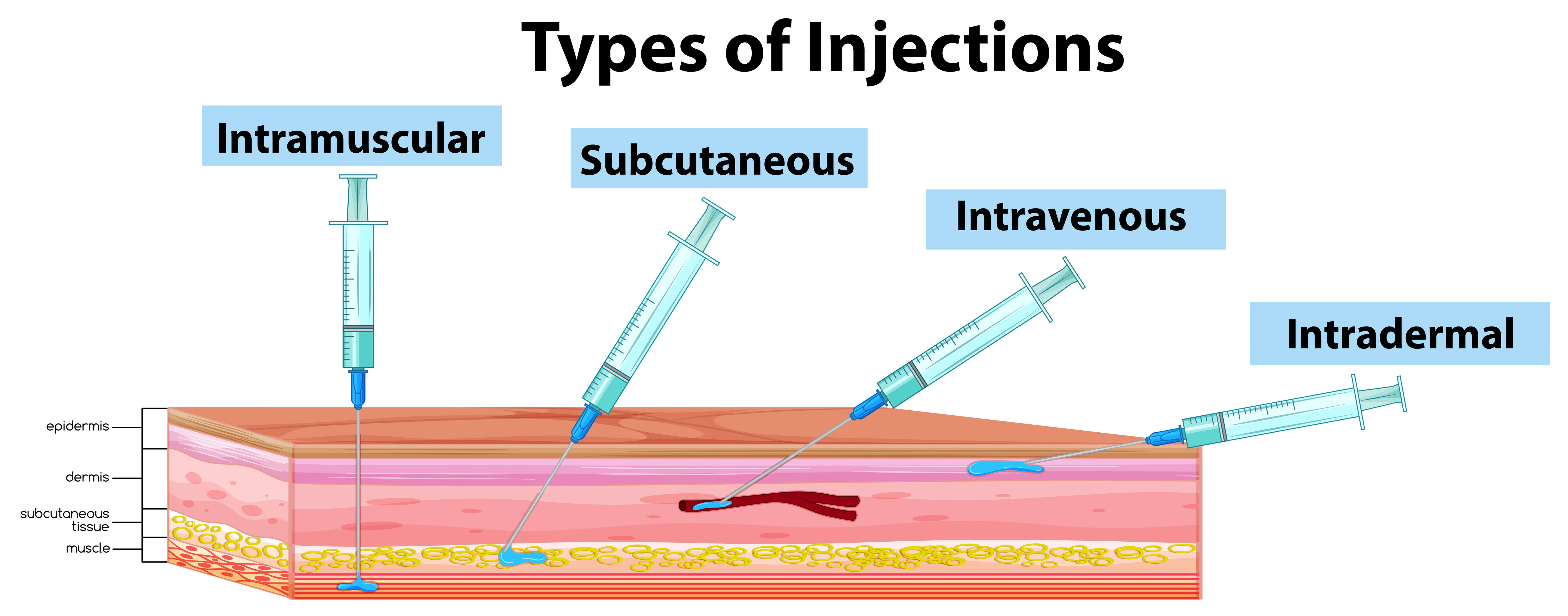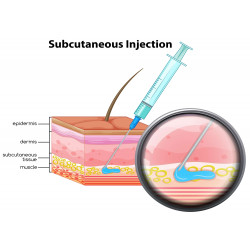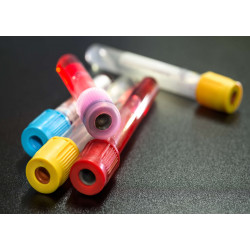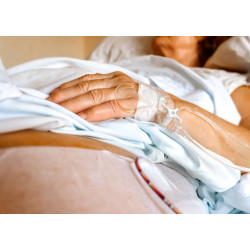Intramuscular Injection (OSCE)
Introduction
- Greet patient and introduce yourself
- Confirm patient details ✍
- Briefly explain the procedure in a patient friendly manner
- Check what the patient understands about the medication
- Get patient consent ✅
- Identify contraindications (bleeding disorders or anticoagulant use)
- Check if the patient has any relevant allergies
- Ask if the patient has any preference about the injection site
- Expose injection site
- Ask patient to sit comfortably
- Check the patient is not in any pain
- Wash hands ✋
Equipment
- Disposable gloves ✋
- Apron
- Alcohol wipe
- Gauze/cotton wool
- Drawing up needle 💉
- Injecting needle (21 to 23 gauge, 25mm) 💉
- Small syringe 💉
- Sharps bin 🚮
- Patient’s follow up medication/prescription 💊
- Clean procedure tray
Seven rights of medication administration
- Right patient: confirm details verbally and on wristband
- Right drug: compare prescription to drug label
- Right dose: compare prescription to dose 💊
- Right time: check paperwork and speak to patient about last dose administration ⏱
- Right route: check route planned is appropriate ✅
- Right reason: check you have gained valid consent ✍
- Right documentation: check validity of prescription and check notes for allergies
Procedure
- Wash hands ✋
- Put gloves and apron on ✋
- Using the drawing up needle, collect the medication in the syringe
- Remove the drawing-up needle and immediately dispose of it into a sharps bin
- Dispose of drawing up needle in sharps bin 🚮
- Attach injecting needle to syringe 💉
- Identify most appropriate injection site (ventrogluteal/deltoid/vastus lateralis/avoid any area where skin is not intact) 💉
- Ensure you can adequately access the injection site(s)
- Clean the site only if soiled, using soap and water, and with an alcohol wipe if your hospital guidelines advise it
- Pull the skin away from your chosen injection site (Z-track technique) with your non-dominant hand ✋
- Inform the patient that you are ready to insert the needle and that they may feel a sharp scratch
- Insert the needle at a 75 to 90° angle 📐
- Aspirate and observe for blood, if blood appears you have pierced a blood vessel and must find a new injection site
- When you have an injection site which is not within a blood vessel, inject the contents of the syringe (1ml per 10 seconds) ⌛
- You can now release the skin your dominant hand has been holding ✋
- Using the gauze or cotton wool, apply pressure to the injection site
- Put a plaster over the injection site
- Appropriately dispose of any waste 🚮

Completion
- Tell the patient the procedure is complete ✅
- Thank patient
- Wash hands ✋
- Tell patient they may experience pain around the injection site for 48 hours, beyond this medical care should be sought, reminding them of potential complications they should be aware of
- Record the details of the procedure ✍
Summary:
- Greet the patient and explain the procedure
- Check the Seven Rights of medication administration
- Prepare by collecting equipment, putting on PPE and washing hands
- Identify the most appropriate injection site and clean it
- Insert the needle and aspirate to make sure you have not pierced a blood vessel
- Inject the contents of the syringe into a location that it is not within a blood vessel
- Remove needle and apply cotton wool/plaster
- Complete procedure by thanking patient and disposing of waste appropriately
Related Articles
This step by step guide is designed to take you through performing a subcutaneous injection in OSCEs.
This step by step guide is designed to take you through performing venepuncture in OSCEs.
This step by step guide is designed to take you through intravenous cannulation (IV) in OSCEs.
















